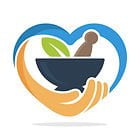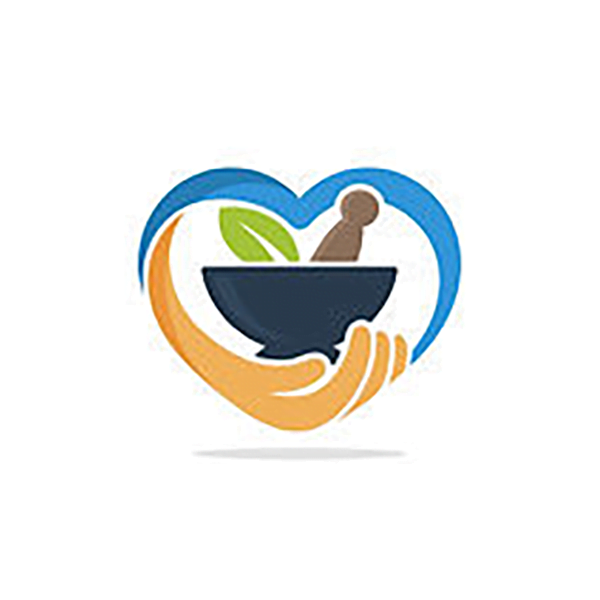Diabetes! Everthing you need to know.
Diabetes mellitus belongs to a group of diseases that affect how our body uses blood sugar; our blood sugar is known as glucose. Glucose is vital to our health because it is an important source of energy for the cells that make up our muscles and tissues. Glucose is our brains preferred source of energy.
The underlying cause of diabetes is deferent depending on the type of diabetes the person has got. But, no matter what type of diabetes you have, it can lead to excess sugar in your blood. Too much sugar in your blood can lead to serious health problems.
Diabetes symptoms vary depending on how much your blood sugar is elevated. People especially those with prediabetes or type 2 diabetes, may sometimes not experience symptoms. In type 1 diabetes, symptoms tend to come on quickly and be more severe.
Signs and symptoms of type 1 diabetes and type 2 diabetes are:
- Increased thirst.
- Frequent urination
- Extreme hunger
- Unexplained weight loss
- Presence of ketones in the urine (ketones are a by-product of the breakdown of muscle and fat that happens when there’s not enough available insulin)
- Fatigue
- Irritability
- Blurred vision
- Slow-healing sores
- Frequent infections, such as gums or skin infections
- vaginal infections
Chronic diabetes conditions include type 1 diabetes and type 2 diabetes. Potentially reversible diabetes conditions include prediabetes and gestational diabetes.
Prediabetes occurs when your blood sugar levels are higher than normal, but not high enough to be classified as diabetes. And prediabetes is often the precursor of diabetes unless proper measures are taken to prevent progression. Gestational diabetes occurs during pregnancy but may resolve after the baby is delivered.
Type 1 diabetes can develop at any age, though it often appears during childhood or adolescence. Type 2 diabetes, the more common type, can develop at any age, though it is more common in people older than forty.

Causes of type 1 diabetes
What causes type one diabetes is unclear. However, we do know that our immune system what normally defends us against foreign invaders such as harmful bacteria or viruses will actually attack the cells in our pancreas that produce insulin. Because of this we are left with truly little or even no insulin. So, the insulin what is their rather than being transported into our cells, this causes a build-up within our bloodstream.
Type 1′
This is thought to be caused by a combination of genetic susceptibility and environmental factors, but we are still unclear on what they are. A persons weight is not believed to be a factor in type 1 diabetes.
Type two
Diabetes is a long-term chronic condition due to a person having high blood sugar, insulin resistance as well as a lack of insulin. Symptoms would include increased thirst, unexplained weight-loss and frequent urination are the three most common symptoms.
A person with type two diabetes has an impairment in how their body uses and regulates glucose. This is because a type two diabetic has problems getting enough glucose to the cells, when this happens it leads to elevated glucose levels in the bloodstream.
This can lead to problems such as kidney, nerve, and eye damage as well as cardiovascular disease. Other symptoms of type two diabetes include frequent infections, slow healing, fatigue, increased hunger and Sleep apnea and increased thirst.
With type two diabetes there is an increased risk of dementia, hearing impairment, Frequent urination, blurred vision, darken skin usually in the armpits and on the neck. Unlike people with type one diabetes who do not produce insulin, a type two diabetics does not respond to the insulin they produce as well as they should, which later into this disease a person may stop producing enough insulin.
A person who is type two will need insulin or use of anti-diabetic medication such as metformin. Insulin a hormone made by the pancreas regulates how the body uses glucose in the following way, sugar in the bloodstream triggers the pancreas to secrete insulin, insulin circulates in the bloodstream, enabling sugar to enter your cells, the amount of sugar in your bloodstream drops, in response of this the pancreas releases less insulin.
Type two diabetes can occur as a result of obesity although it is important to note even people who are underweight can still get diabetes. Type two diabetes can be largely preventable by staying at a healthy weight, exercising regularly, and eating healthy and balance. Causes of type two diabetes is cells in muscles, fat and the liver which becomes resistance to insulin. These cells do not interact in a normal way with insulin, as they do not take in enough sugar. This is because the pancreas does not function at its peak and finds it difficult to produce enough insulin to manage blood sugar levels. Glucose comes from two main sources food and our liver; glucose is absorbed into the bloodstream where it enters cells with the help of insulin.
Our liver stores and makes glucose. When our glucose levels are low, such as when you have not eaten for a while our liver will breakdown stored glycogen into glucose which helps keep our stored glucose levels at a healthy level.
To help manage this disease people should avoid trans fats, including items such as margarine will not directly raise blood sugar but will increase inflammation, insulin resistance and belly fat, this will lower HDL and impair arterial functions. honey, maple syrup, beverages that has been sweetened with sugar, fruit juice, canned fruit with added sugar, avoiding foods made with refined flour, fruit flavoured yoghurt, breakfast cereals which have been sweetened, unhealthy snacks such as pretzels and crackers, as well as dried fruits.
Carbohydrates, fats, and protein are our macronutrients that provide our body with the energy we need for everyday life. Carbohydrates have the biggest effect on a person blood sugar. This is because they are broken down and absorbed into the bloodstream as sugar or glucose.
Keeping active, eating healthy and balance can help a person with type two diabetes manage their blood sugar levels as well as their weight. Keeping sugar, fat and salt to a minimum eating breakfast lunch and dinner and not skipping any meals as well as eating a variety of foods including fruit and vegetables and starchy foods will all help balance blood sugar.
There are foods we can include into our diet which can us manage our insulin this will include
- lady fingers, cauliflower, lettuce, cabbage, spinach, eggplant, onions, leeks, beetroot, turnip, cucumber, tomatoes, bell peppers, green chili, carrot, lemon, white radish, red radish, egg white, soda water, cinnamon, garlic, broccoli, chard greens, Swiss chard, kale, green cabbage, arugula, romaine lettuce, turmeric, fenugreek, ginger, cumin, ginseng, bilberry, cayenne pepper, blueberries, strawberries, gooseberries, mango leaves, apples, grapes, grapefruit, oranges, mushroom, red onions, walnuts, quinoa, oats, amaranth, barley, wild rice, buckwheat, cannelloni beans, organic eggs, brown rice protein powder, nut butters, brussels sprouts, celery, artichokes, avocado, honeydew melon, asparagus. green grapes.
When to see a doctor
If you suspect, you or your child may have diabetes, contact your doctor. The earlier the condition is diagnosed; the sooner treatment can begin.
If you have already been diagnosed with diabetes. After you receive your diagnosis, you will need close medical follow-up until your blood sugar levels stabilise.
By Aaron Christmas Slade.
Foe an external resourcen i always recomand the NHS website.
You may also like
Best ways to lose weight – ACS-nutritional therapist – (acsnutritionaltherapist.co.uk)

A.C.S Nutritional Therapist and weight loss specialist.
A registered nutritional therapist.
